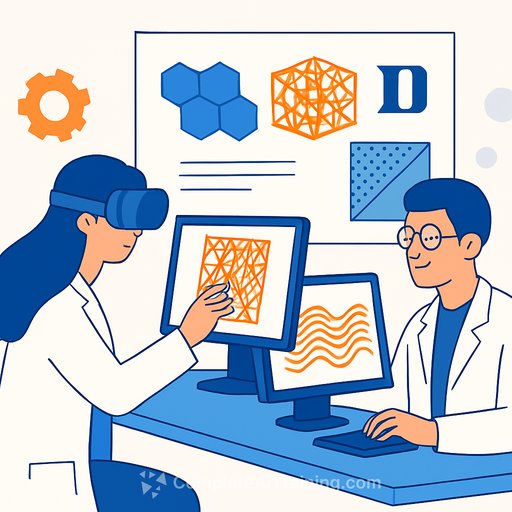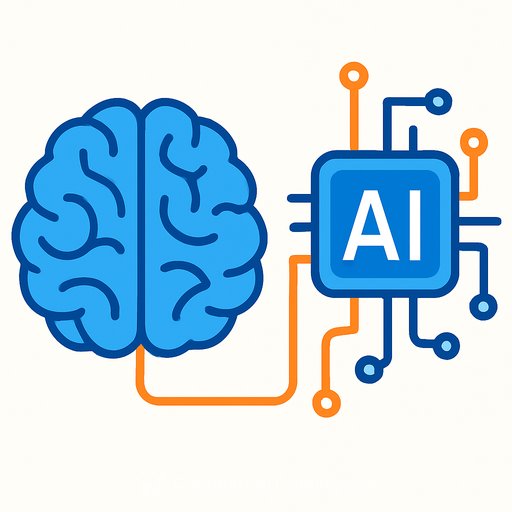AI "virtual scientists" collaborate to design metamaterials with minimal human input
Engineers at Duke University reported a multi-agent AI setup that tackles advanced design problems with little oversight. The "agentic system," described last week in ACS Photonics, used large language models working as coordinated "virtual scientists" to design and test electromagnetic metamaterials.
The headline result: its best designs closely matched expert work, while average performance was a bit lower. That's a credible sign that well-structured AI teams can handle hard research tasks end-to-end, not just draft text or code.
How the system works
The network assigns roles to individual agents: one organizes data, another writes and edits neural network code, a third checks results, and an optimizer pushes for better performance. A central coordinator routes messages, sets priorities, and tracks progress.
From there, the loop is straightforward: propose a design, simulate or evaluate it, verify results, and iterate. The process ran without human supervision, aside from initial setup and guardrails.
What the tests showed
On metamaterial design tasks, the top-performing AI outputs were on par with human specialists. The average output landed slightly below expert baselines.
In practice, this suggests AI agent teams can cover a large portion of exploratory design and pre-screening, leaving final refinement and validation to researchers.
Why this matters for research teams
- Shorter iteration cycles: AI agents can propose, simulate, and filter designs around the clock.
- Broader search: Multi-agent loops probe more candidate solutions than a typical manual workflow.
- Lower overhead: Less time spent on boilerplate coding, data wrangling, and routine checks.
- Traceability: Role-based agents and a coordinator make it easier to log decisions and reproduce runs.
Practical steps to try in your lab
- Define the target: objective function, hard constraints, and acceptable metrics before any run.
- Split roles: planner, data prep, coder, evaluator, and optimizer. Keep responsibilities narrow.
- Gate with sims: couple agents to trusted simulators or bench protocols; reject designs that miss thresholds.
- Force verification: require cross-checks, unit tests, and uncertainty estimates before promoting a result.
- Control spend: cap iterations, set timeouts, and monitor token/compute budgets.
- Keep sign-off human: no deployment or publication without human review and independent validation.
Limits to watch
Average performance still trails experts. Agents can produce incorrect code or overfit to simulator artifacts, especially if the simulator misses real-world effects. Results depend on data quality, prompt clarity, and compute capacity.
There are also policy and IP questions: provenance of training data, method disclosure, and authorship norms for AI-generated contributions.
Where this could go next
The same pattern-specialized agents plus a coordinator-can support materials science, chemistry, optics, and beyond. Near-term, expect these systems to act as tireless co-workers that widen the option set, while domain experts decide what gets built and published.
If you're exploring agent workflows for R&D, you can scan curated training by role here: Complete AI Training - Courses by Job.
Background on metamaterials
Metamaterials are engineered structures with properties not found in conventional materials, often used to control light or electromagnetic waves. For a broad overview, see Nature's metamaterials topic page.
Your membership also unlocks:






